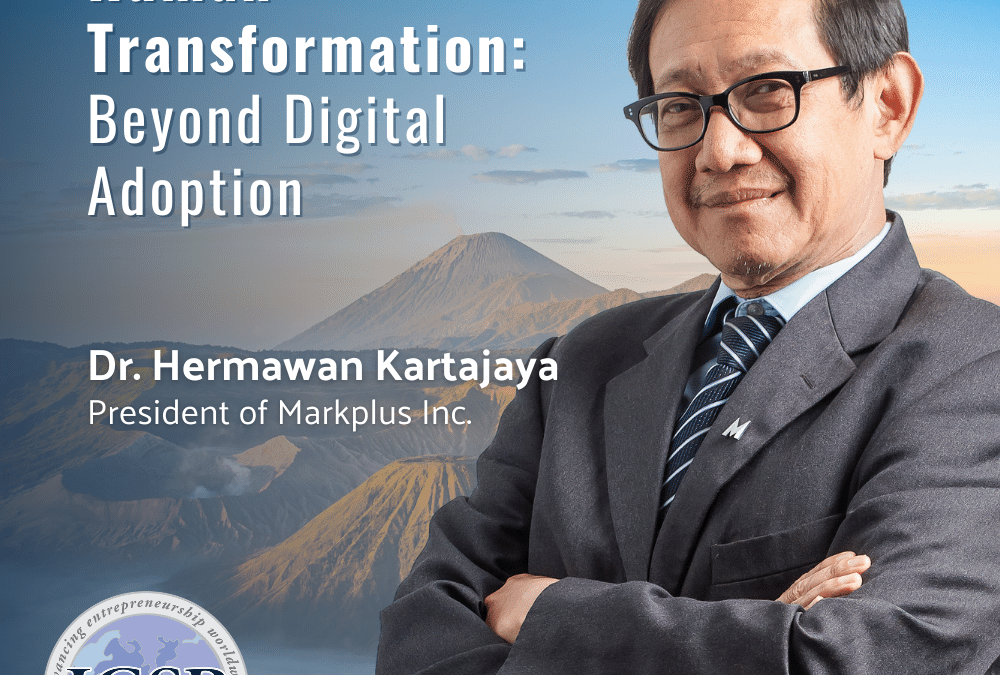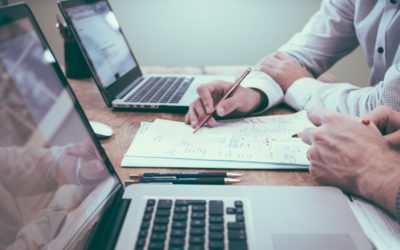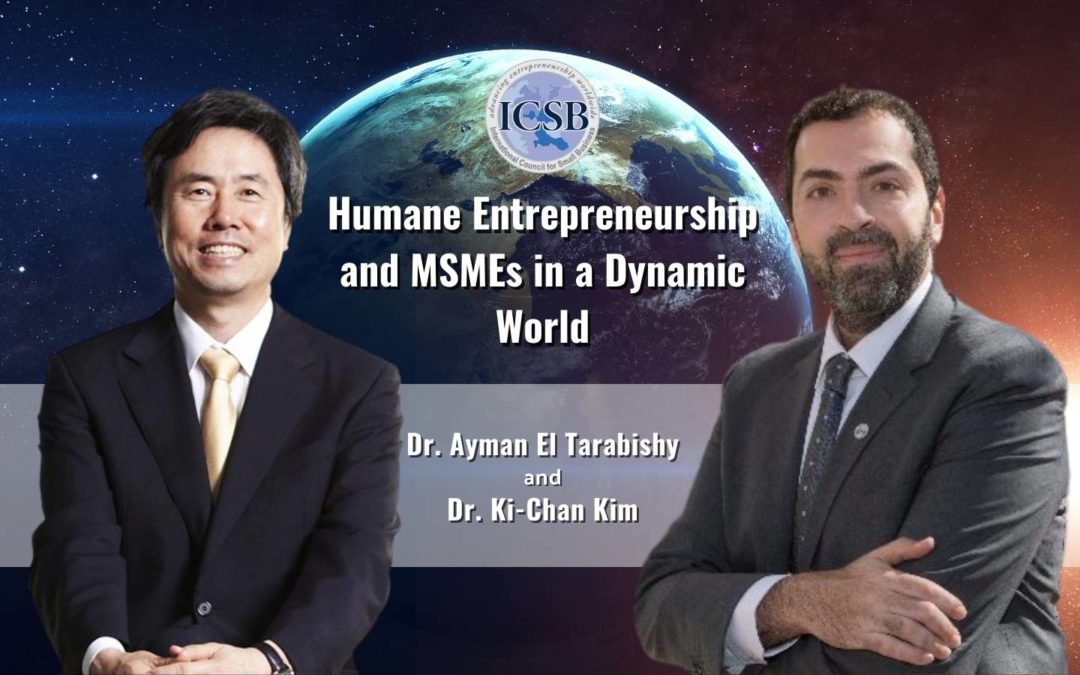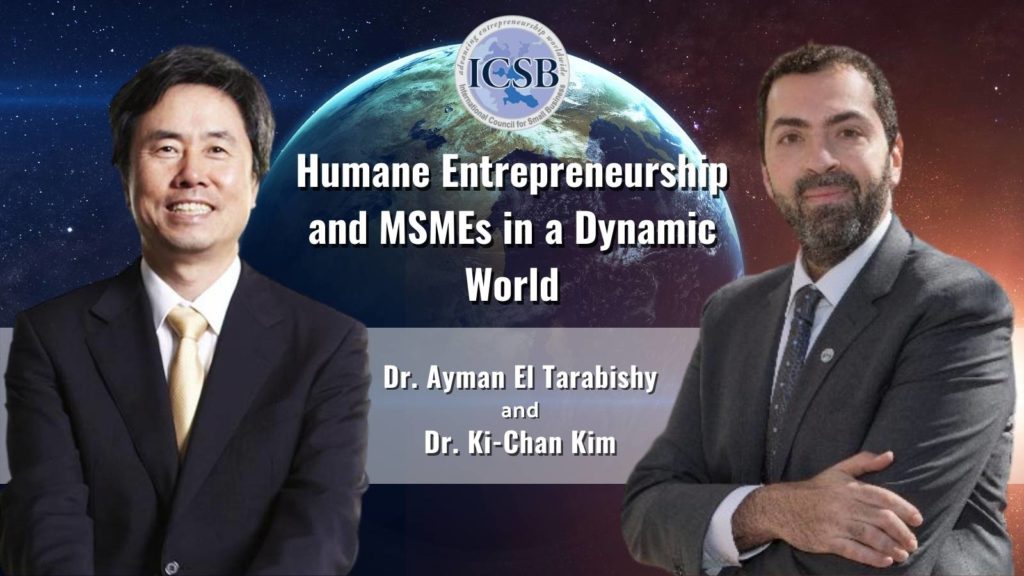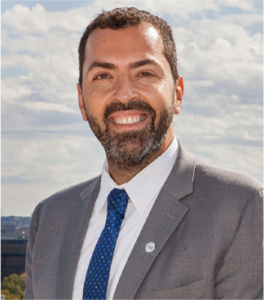
Investment Choices and The Power of Gold Shield
Sep 21, 2021 | Gazette, The Latest
Investment Choices and The Power of Gold Shield
Tuesday, September 21, 2021, by Dr. Mariya Yesseleva-Pionka, PhD

The Bretton Woods system of monetary management was created to establish an international currency regime. The United Nations Monetary and Financial Conference took place in 1944 at the Mount Washington Hotel in Bretton Woods, New Hampshire. At that time, the delegates from 44 countries established two significant institutions – The International Monetary Fund (IMF) and International Bank for Reconstruction and Development, now known as the World Bank Group. It took a long time and only in 1958, the Bretton Woods system was in full operation. The responsibility of the United States was to keep the price of gold fixed at USD 35 an ounce and make sure the supply of dollars was at adequate levels to maintain future gold convertibility, as the gold was the basis for the U.S. dollar. Participating nations were required to settle international balances in dollars. The Bretton-Woods system did not last long and officially ended in 1971 when President Nixon confirmed that the United States would not continue exchanging gold for the United States Dollar, mainly due to the fact that at that time, the U.S. balance-of-payments deficits contributed to the level of dollars in circulation surpassing the level of U.S. gold stock[1].
Is gold still an attractive investment 50 years later? How has the price of gold been fluctuating over the years? The price of gold is affected by three important factors- supply, demand conditions and investors sentiments. Gold is one of the precious metals that has been a subject of great attraction for investors worldwide. For many, the gold represents a treasured investment and demand for gold is exceptionally high during times of economic and financial crises, such as the Great Depression, Global Financial Crisis and the most recent COVID-19 global pandemic. The supply of gold also has an impact on the price of gold. Gold mining has been continuing for centuries and one could assume that, if there is a higher supply, the price should be lower. This is not always the case as the increasing demand for gold is explained by the growing number of jewellery items, the higher level of gold added by central banks to their reserves and gold investments in commodity markets, with many investors choosing to have gold in their investment portfolios as a shield from unstable economic circumstances.
In 2020, during COVID-19 global pandemic, the price of gold was driven to new heights, reaching above USD 2,000 per ounce. Due to volatile economic conditions worldwide, investors rushed to choose gold and other precious metals as a reliable and recession-proof store of value, further driving up the price of gold. Another contributing factor to the surging price of gold was the severe disruption in the gold supply chains worldwide, due to the pandemic restrictions with the decreased production levels, deliveries and suspension of work in refineries. Nevertheless, to this day, gold is a well-known investment choice for diversifying investment portfolios and it is used it as a shield from uncertain economic conditions.
Author
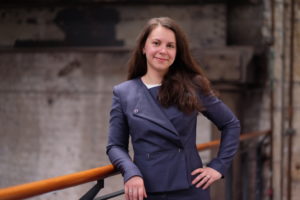
Dr Mariya Yesseleva-Pionka is Global Certificates Manager at ICSB, a Higher Degree by Research Supervisor at Excelsia College and Adjunct Academic at the University of Technology Sydney, Australia. Dr Yesseleva-Pionka held teaching and senior academic management positions in Central Asia (Kazakhstan) and Australia. She specialised in general investments, personal and corporate superannuation investments while working for Westpac Banking Corporation and BT Financial Group in Australia. She was invited to join The Housing Connection, a not-for-profit organisation in Sydney, Australia as Treasurer and Board Member from November 2019. Her research interests include entrepreneurial finance, traditional and alternative ways to finance small and medium enterprises (SMEs), corporate finance, policies for the small business sector, innovation and SMEs, FinTechs and Blockchain. Dr Yesseleva-Pionka is the Associate Editor for the Journal of the International Council for Small Business (JICSB).






